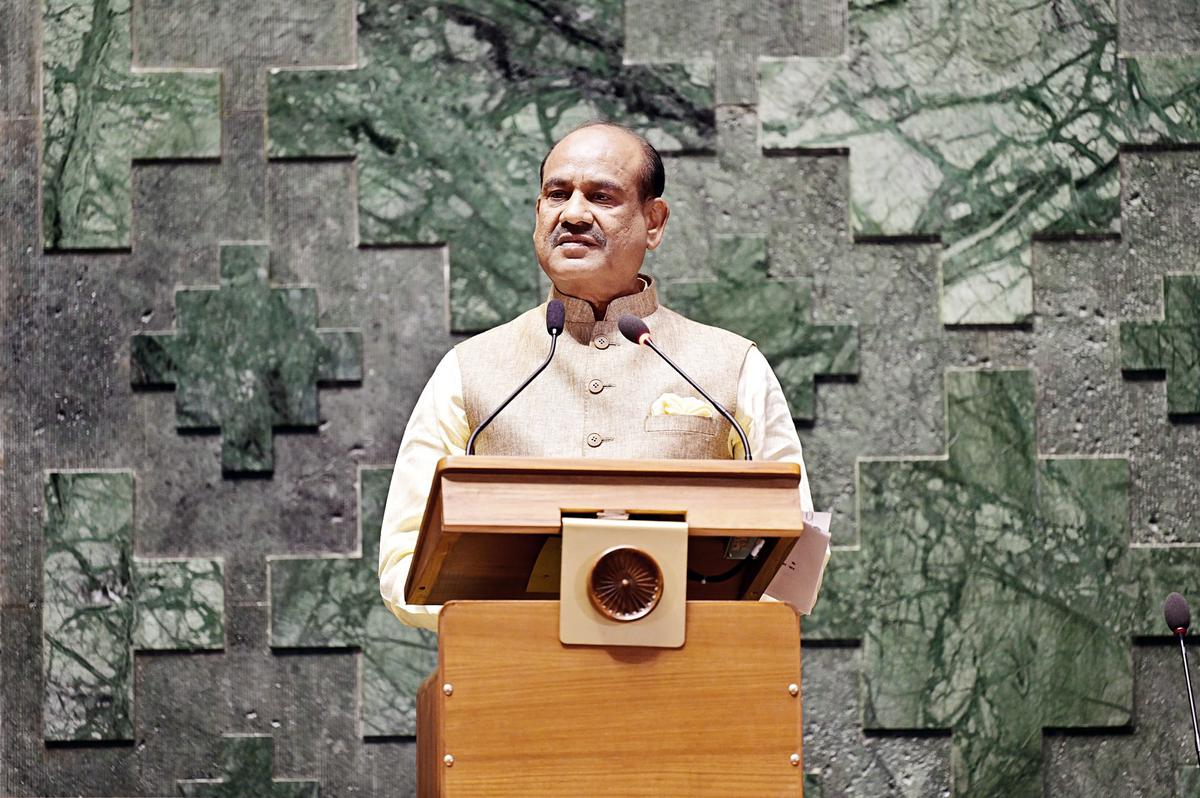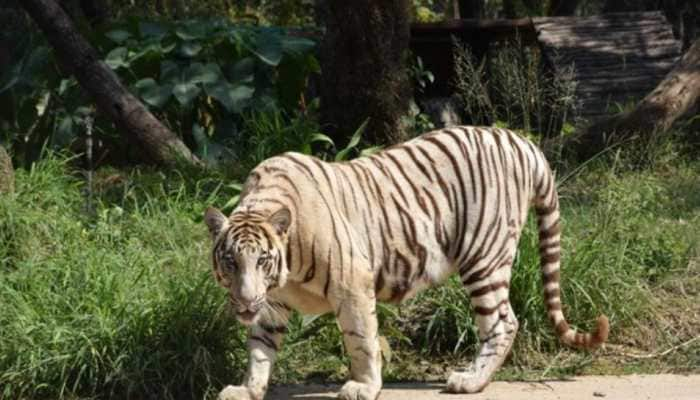- The International Seabed Authority (ISA) is prepared to restart talks on deep sea mining, which entails harvesting mineral reserves and metals from the ocean’s seafloor.
- Concerns have been made about the potential implications on maritime ecosystems and habitats as a result of these agreements, emphasising the necessity for laws and environmental safeguards.

What exactly is deep sea mining?
- Deep sea mining is the extraction of mineral resources and metals from the seabed.
- These deposits are abundant in elements such as nickel, rare earths, and cobalt, which are essential for renewable energy technologies as well as daily goods such as telephones and computers.
Types of such Mining include-
- Polymetallic Nodule Collection: harvesting deposit-rich nodules from the ocean floor is one type of such mining.
- Mining minerals from vast seafloor sulphide deposits is known as seafloor sulphide mining.
- Cobalt Crust Stripping: The removal of cobalt crusts from seabed rocks.
Mining Technology Evolution
- Companies are investigating the use of enormous pumps to extract materials from the seafloor.
- AI-Based Robotics: Using artificial intelligence to train deep-sea robots how to harvest nodules.
- Advanced machinery is used to mine resources from underwater mountains and volcanoes.
Importance in Strategic Terms
- Deep sea mining provides access to strategically significant commodities as onshore stocks are depleted.
- Growing Demand: Because of the increased reliance on renewable energy and technological breakthroughs, critical minerals are in high demand.
- Deep Sea Mining Regulation: Balancing Interests and Environmental Concerns
- Deep Sea Mining Regulation: Balancing Interests and Environmental Concerns
- The United Nations Convention on the Law of the Sea (UNCLOS) now governs deep sea mining.
- This framework intends to conserve maritime habitats, allow the sharing of economic gains, and fund scientific research.
UN Convention on the Law of the Sea and Exploration Permits
- Maritime Territory Management: Countries regulate their exclusive economic zones, whereas the high seas are governed by the UN Convention on the Law of the Sea.
- “Common Heritage of Mankind”: The seafloor and its mineral riches are considered global assets that must be managed responsibly.
- Partnerships for Exploration: Mining firms work with countries to gain exploration licences, with a concentration on the Clarion-Clipperton Fracture Zone.
Regulations are Under Pressure
- The application of Nauru and Nauru Ocean Resources Inc. in 2021 triggered a clause requiring the International Seabed Authority (ISA) to establish regulations by July 2023.
- Concerns about the environment: The pressing need to address potential environmental damage and protect maritime habitats drives the need for extensive legislation.
Concerns About the Environment
- Only a small section of the deep seafloor has been studied, prompting concerns about potential harm to poorly understood marine ecosystems.
- Effects on the marine ecosystem: Marine life is endangered by noise, vibration, and light pollution, as well as chemical leaks and spills.
- silt Plumes: After recovering valuable resources, pumping slurry silt back into the sea can kill filter-feeding organisms and disturb ecosystems.
Way Forward
- More than a dozen countries, including France, Germany, and Pacific Island states, have called for a ban or suspension until environmental safeguards are in place.
- Deep-sea ecosystem studies and responsible mining are critical for understanding the potential consequences of mining.
- Sustainable Mining Practises: Promoting responsible mining practises such as minimising pollution, minimising ecosystem disruption, and implementing proper waste management.
Conclusion
- Deep sea mining has the potential to liberate precious minerals needed for sustainable energy and technological developments.
- The method, however, poses serious environmental problems and necessitates stringent laws to balance resource extraction with the protection of vulnerable marine ecosystems.
- Continuous research, appropriate practises, and international cooperation are required to ensure environmentally responsible deep-sea mining activities.
Source: https://m.economictimes.com/news/science/deep-sea-mining-permits-may-be-coming-soon-what-are-they-and-what-might-happen/articleshow/101449683.cms







